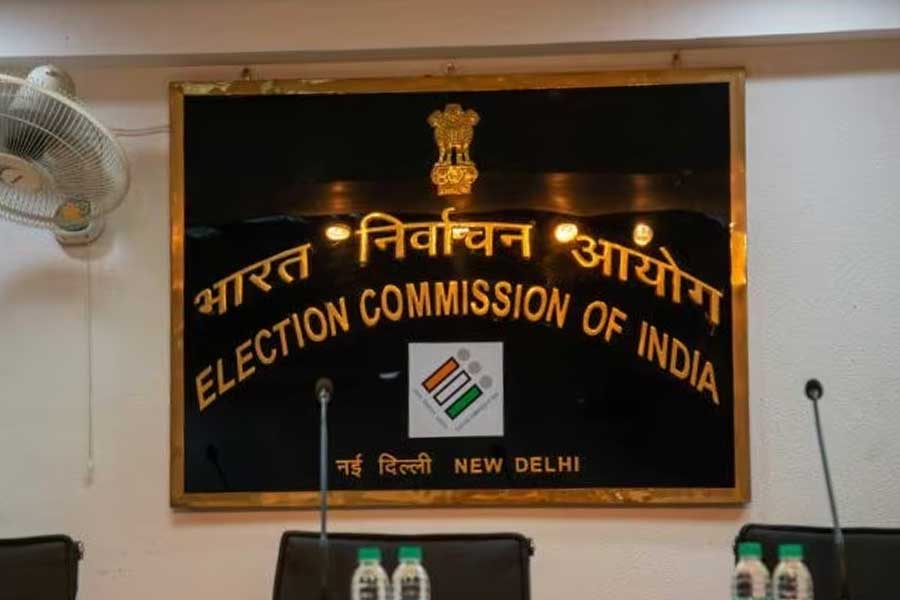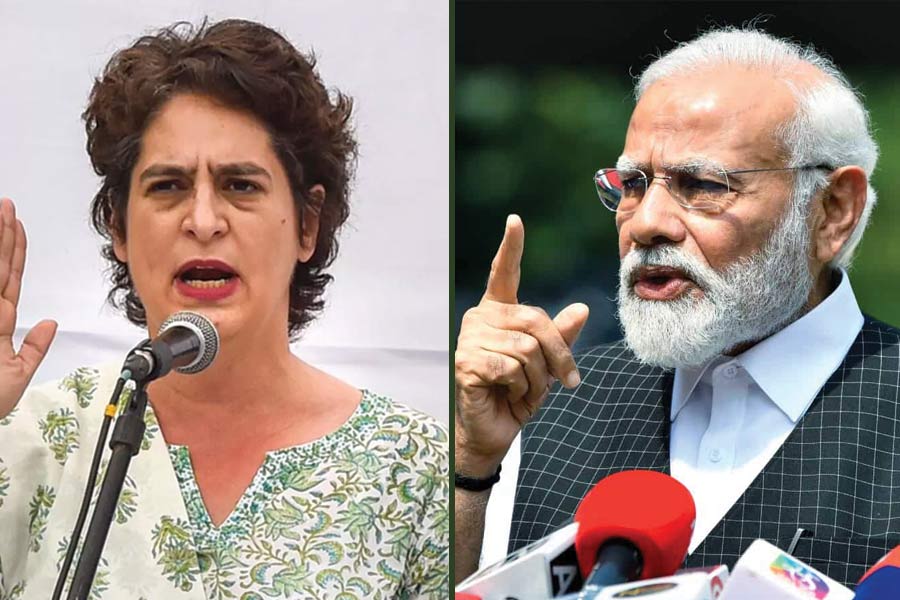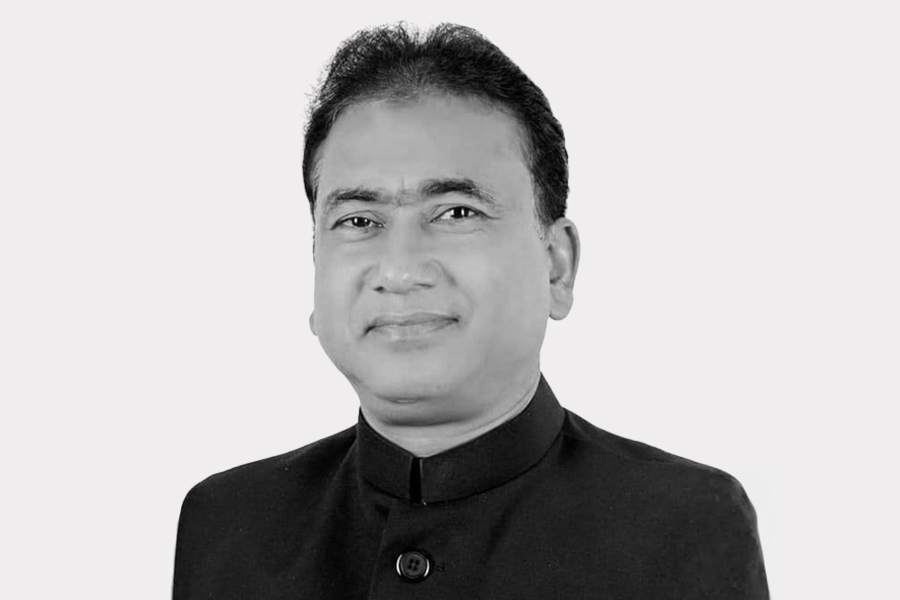The growth of eight key infrastructure sectors rose to a 14-month high of 12.1 per cent in August 2023 against 4.2 per cent a year ago, mainly due to an expansion in the production of coal, crude oil, and natural gas. The expansion in August is the highest since June 2022, when it was 13.2 per cent. The production of refinery products, steel, cement and electricity also grew in August.
Fiscal deficit
The Centre’s fiscal deficit in the first five months of 2023-24 touched 36 per cent of the full-year target, government data showed on Friday.
At Rs 6.43 lakh crore, the fiscal deficit for the first five months of the current financial year accounts for 36.0 per cent of the full-year target of Rs 17.87 lakh crore, according to the data released by the Controller General of Accounts (CGA).
The deficit stood at 32.6 per cent of the Budget Estimates (BE) in the corresponding period of the financial year 2022-23.
In the Union Budget, the government projected to bring down the fiscal deficit to 5.9 per cent of the gross domestic product (GDP) in the current 2023-24 financial year. The fiscal deficit was 6.4 per cent of the GDP in 2022-23 against the earlier estimate of 6.71 per cent.
Fiscal deficit is the difference between the total expenditure and revenue of the government. It is an indication of the total borrowings that are needed by the government.
"Overall, we see limited fiscal concerns at this stage, as corroborated by the unchanged market borrowing numbers for October 2023-March 2024, relative to the amount indicated in the budget estimates," Aditi Nayar, ICRA's chief economist, said.
Sunil Kumar Sinha, principal economist, India Ratings and Research said “Union government has collected 38.5% budgeted revenue in FY24 so far. This is highest since FY98 (monthly fiscal data is available from FY98). On receipts side disinvestment is turning out to be a damp squib may pose some risk to union government finances. On the expenditure side both revenue and capital expenditure growth has been stronger than the budgeted growth till 5MFY24. The union government’s fiscal profile till end-August 2023 suggests that despite these two pressure points -- low revenue expenditure growth and disinvestment assumption -- the government may be able to achieve its fiscal deficit target of 5.9% of GDP.”
In August, the Centre's fiscal deficit was only Rs 37,233 crore, down 81 percent from the same month of the previous year, as total receipts posted a four-fold increase to Rs 2.54 lakh crore on the back of net tax revenues jumping by more than six-and-a-half times to Rs 2.21 lakh crore.
The massive year-on-year increase in net tax revenues in August was aided by both, higher tax collections as well as lower tax devolution to states.
On the revenue front, corporate tax collections finally shrugged off the rut they were in, rising more than five times from August 2022 to Rs 62,817 crore — the second-highest monthly mop-up, so far, in 2023-24.
At the same time, income tax collections more than quadrupled to Rs 1.03 lakh crore. On the whole, at Rs 2.95 lakh crore, gross tax collections in August were nearly twice as high as in the corresponding month last year.
Even as tax mop-up jumped, the fiscal deficit in August was kept in check by a smaller tax devolution to states of Rs 72,961 crore.
In August 2022, the Centre had transferred Rs 1.17 lakh crore. However, the amount transferred to states, so far, in the current financial year is higher at Rs 3.82 lakh crore.
Transfers to states reduce the Centre's net tax collections. Overall, in April-August, the Centre's total receipts were 21 percent higher at Rs 10.29 lakh crore, with corporate and income tax collections up 15 percent and 36 percent, respectively, compared to April-August 2022.
Non-tax revenue remained robust in April-August, up 79 percent year-on-year at Rs 2.10 lakh crore, as the larger-than-expected dividend transferred by the Reserve Bank of India (RBI) in May continued to have an effect.
While the government's revenue soared in August, total expenditure increased at a more sedate pace of 11 percent, though capital expenditure was up by 30 percent at Rs 56,720 crore.
For April-August, the Centre's capex was 48 percent higher at Rs 3.74 lakh crore, helping push up total spending by 20 percent to Rs 16.72 lakh crore.










